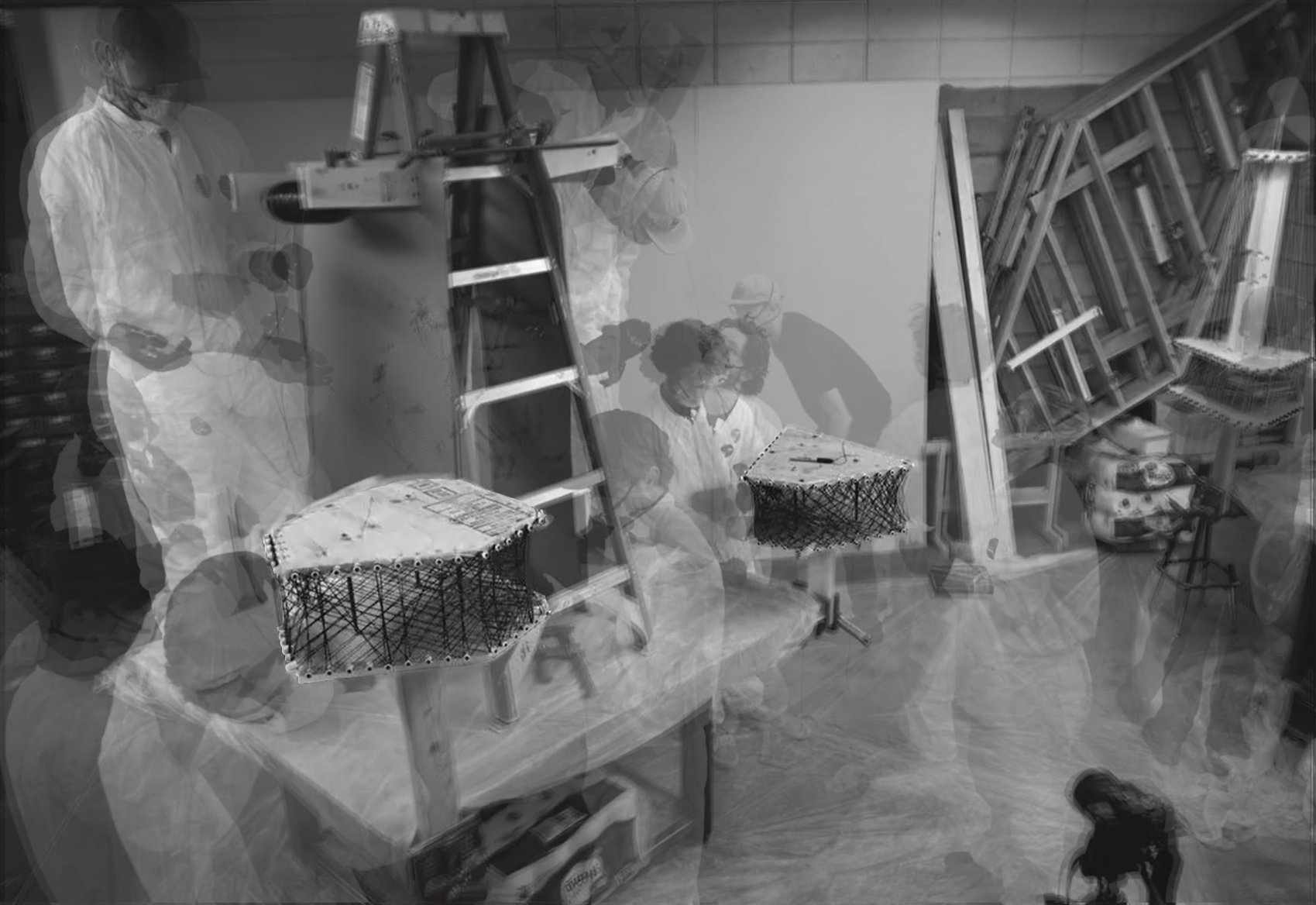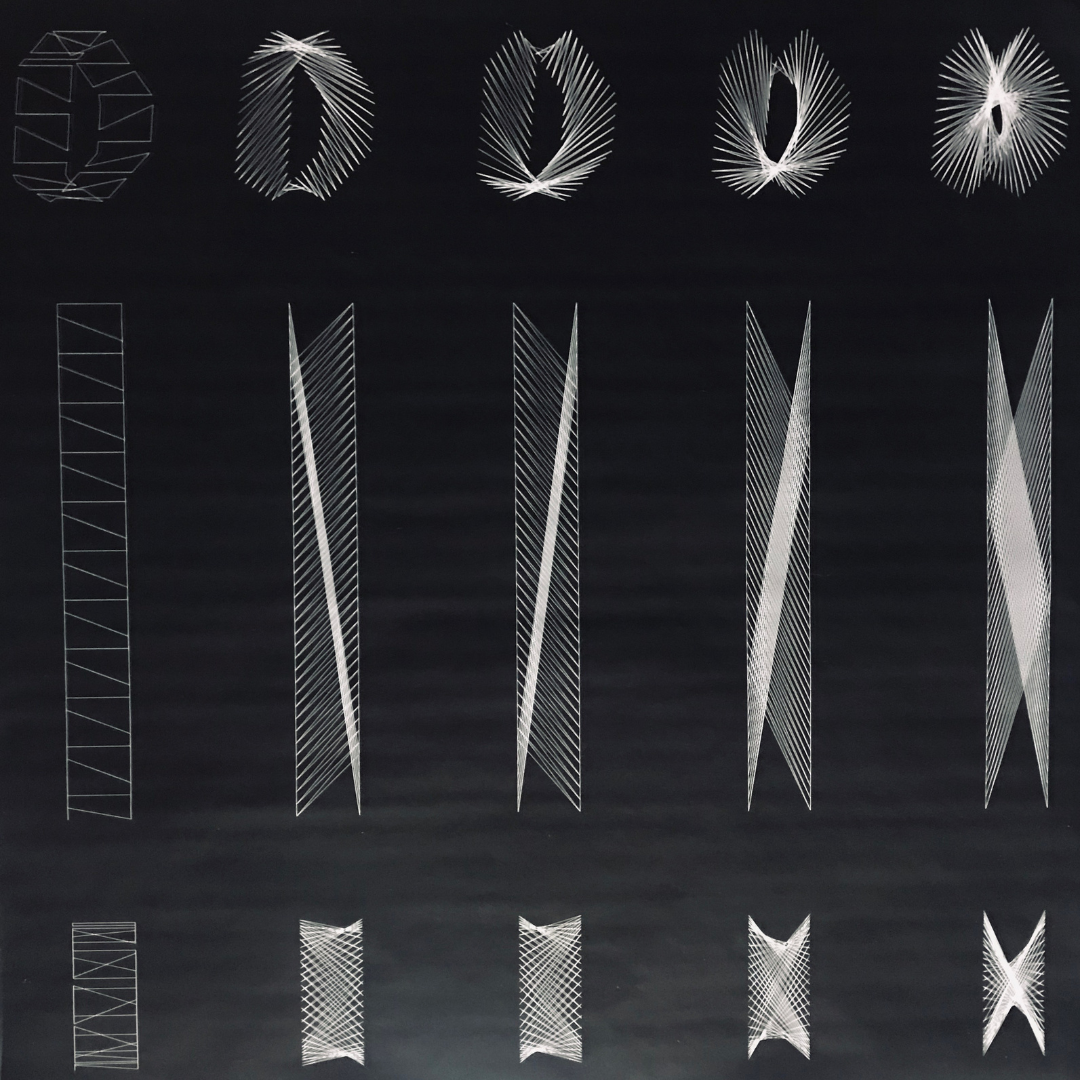The research, Fibrous Tectonics: Form-Active Surfaces, focuses on the investigation of structural surfaces through fiber based design techniques with the intent to generate responsive architectural elements specific to fluid environments. Building on previously researched methods and emerging fibrous-composite material applications within the discipline of architecture, the project aims to reposition structural and material inquiries within the context of coastal conditions. The site is assumed to be saline rich, fluid, and dynamic–literally meaning a changing presence of water and associated physical implications involved in these dynamic forces. The investigation context is general, lacking a certain specificity, however the consistent presence of a saline environment will inform material process[es] when possible allowing the exploration of higher level ideas of resiliency.
The research will extend lines of inquiry dedicated to form-active surfaces while remaining grounded in the structural circumstances of architectural elements through the systematic exploration of design conditions: characteristics of footing or anchor, arch/span, void, loop (conditions of horizontal to vertical) and bi-furcation. The condition of architectural surfaces will be explored through the design of minimal scaffolding conditions providing a set of points in space [re: the fibre layments paths] to define the surface. These geometrical definitions are coupled to the fibre layment process [algorithms] exposing dynamic form-active surfaces. These surface studies work to evolve traditional design techniques of material additive processes–instead, testing formal configurations defined through structural performance, i.e., form-active surface.





